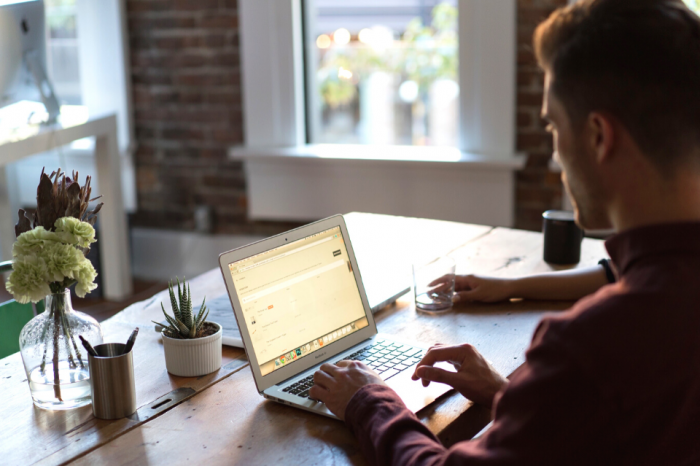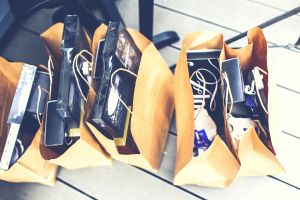Food Photography For Beginners
Do you want to photograph your recipes but not sure how to begin?
Or do you want to make your food look appetizing so you can attract more customers?
It is not as simple as photographing – just your plate.
There is more to it.
Here are some techniques you can use to further boost the subject and take your food photography to the next level!
1.Less is More

Less is always more.
Anything that does not work towards emphasizing the subject should be removed.
The goal here is to create a clean frame as opposed to visual clutter.
For some dishes, they can just be as stunning on their own.
Having said that, you can place less food on the plate and minimize the props so that it looks clean and fully focused on the subject.
2. Design Your Composition

Food photography composition is probably one of the best yet effective techniques for getting your audience’s attention and keeping them drooling all over your food images.
The composition should be seamless so that the focus is on the food itself.
How do you start designing your composition?
For instance, you can add a knife on the side of your subject so that it can balance a composition when placed in the rule of thirds.
Besides, you can add a nice towel or cloth, glasses, a wooden board or some condiments around your subject as these would most probably make your subject more worthy.
But, make sure these props are relatable to your main subject.
3. Use the Whites!

White bowls, white plates, anything white!
Look for white smooth plates with a matte finish and no rim if you can find them.
No glossy plates as it will reflect light and it is hard to photograph.
I am not saying you can’t use other colour plates or bowls, but white ones are easier to fit on backdrops and also easier to fill with a serving of food.
4. Make a Mess

Or you could say…. create a scene! An action!
We want to make food photography looks real and not staged.
Hence, adding some crumbs to the set would be helpful.
This imperfection may seem odd at first, but trust me, it adds visual appeal.
A tad bit of cheese sprinkle or a pinch of salt over the plate is an easy way to create a pop, don’t you think?
A little bit goes a long way here, so be subtle with your approach.
5. Natural Light

You need to take advantage of natural light.
The flash works sometimes but it can be a little too harsh on the subject.
Using the beautiful natural light can give a food picture a feeling of bright airiness.
You can look for spaces where the sunlight streams through a window and then set up your shot.
Pro tip: The morning is typically the best time of the day.
The light is usually softer and less contrast.
I am not trying to limit you to photograph in the morning, the afternoons or evenings are great too!
Here is another tip, don’t just take one photo.
Try moving around and move your plate.
You can even move away from the dish, focus on the details and also try different shooting angles to show all the dishes or just a part of it.
Remember that good food photography takes time to be perfect and it is fine if you are not satisfied with your photos right away.
Just practice as much as you can and don’t forget to enjoy the process!






